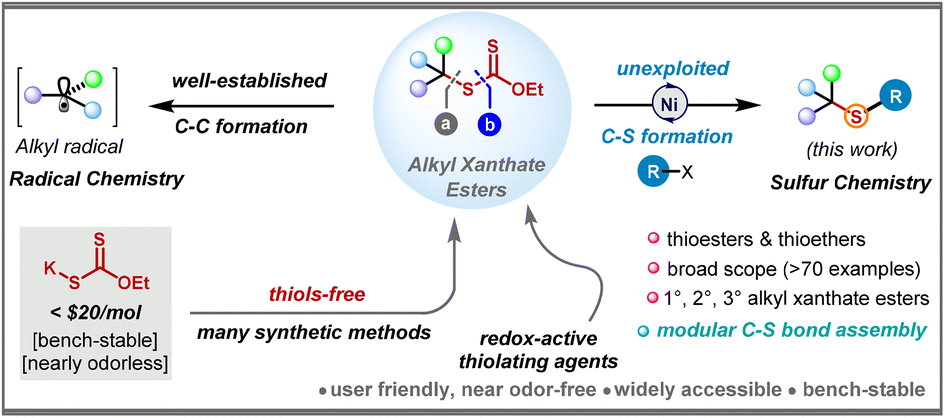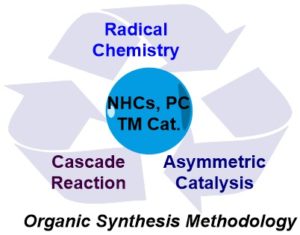Emerging Investigator: Michael C. Young
Read Michael C. Young’s Emerging Investigator Series article in Organic Chemistry Frontiers and learn more about him.
| Oxidative Mizoroki–Heck reaction of unprotected cinnamylamines at ambient temperature under air | ||
|
|
Cinnamylamines make-up many important drugs that target G protein-coupled receptors. |
|
 |
||
| From the themed collection: OCF Emerging Investigator Series | ||
| The article was first published on 04 Jul 2023 | ||
| Org. Chem. Front., 2023, 10, 3982-3988 | ||
| https://doi.org/10.1039/D3QO00778B | ||
My research interests
| Key words: sustainability, organometallics, drug discovery, catalyst design, synthetic methodology |
| Michael Young’s research focuses on developing new synthetic methods to expedite chemical synthesis of biologically active molecules. A unifying theme of his group is to incorporate sustainability in everything they do, either through developing more efficient chemical processes, reducing the use of hazardous reagents, or developing more active catalysts. His group is interested in everything from designing new catalysts, to demonstrating their synthetic utility, to collaborating to determine the activity of all newly developed compounds with a particular focus on treatments for opioid use disorders. |
10 Facts about me
| When I was a kid, I already wanted to become a researcher, though my first interest was in brain-computer interfaces.
If I weren’t a scientist, I’d probably be a musician, specifically a composer/performer. My favourite instrument is the F horn. I try to impress upon my students the value of creating and exploring their own research ideas and interests as students. Graduate school may not be the best compensated time, but it is the freest to explore new ideas. If I could go back to graduate school, I would work with someone in the directed protein evolution field. Biocatalysis can do so many cool things that synthetic chemists are trying, but mostly failing, to replicate. My favourite reaction is the Ireland-Claisen rearrangement. It helped me to solve a challenging product synthesis that I could not achieve through other means. My favourite metal is molybdenum, even though we don’t work with it at the moment. My favourite book is Brave New World by Aldous Huxley. I enjoy dystopian literature, although perhaps less as some of these works begin to feel more prescient than fictitious. I enjoy listening to video game sound tracks. I find it helps to focus while I’m writing grant proposals or manuscripts. I am happiest when I am surrounded by mountains. My biggest goal as a researcher is to do something so off-the-wall that my group earns an Ig Nobel Prize. |



















